The art of classical ornamentation has long been a subject of fascination for musicians and scholars alike. Among its many nuances, the concept of tempo rubato—literally "stolen time"—stands out as one of the most expressive yet elusive techniques in performance practice. This temporal flexibility, particularly in cadenzas and decorative passages, reveals a rich historical dialogue between notation and interpretation, where the written score serves merely as a blueprint for the performer's creative imagination.
In the Baroque and Classical eras, composers often left cadenzas partially or entirely unwritten, trusting the performer to improvise within stylistic conventions. This tradition highlights a fundamental truth about ornamentation: its true life exists in the moment of performance, not on the page. The elastic boundaries of time values in these passages created a thrilling tension between structure and spontaneity, where the pulse might stretch and contract like breathing rather than march mechanically.
The great keyboard treatises of the 18th century—C.P.E. Bach's Versuch and Quantz's On Playing the Flute—devote considerable attention to this temporal freedom. What emerges from these sources isn't chaos, but rather a sophisticated system of rhythmic nuance where certain beats are subtly prolonged while others compensate by moving slightly faster. This push-and-pull created the illusion of time standing still during florid passages, only to snap back with renewed energy into the strict tempo of the composed framework.
Modern performers face unique challenges in reviving this practice. Our contemporary fixation with metric precision—shaped by recording technology and standardized training—often works against the spontaneous quality that defined historical ornamentation. The rubato in a Mozart cadenza shouldn't sound calculated, but rather like a sudden rush of inspiration, as if the performer were composing in real time. This requires not just technical mastery, but a deep understanding of the rhetorical nature of classical music, where ornamentation functions as eloquent speech rather than mere decoration.
The temporal flexibility in classical ornamentation also reflects broader philosophical ideas about time itself. In an age before metronomes, musical time was understood as organic and mutable—a far cry from our modern conception of time as an absolute, measurable quantity. The elastic time values in cadenzas mirror the human experience of time's subjective flow, sometimes dragging during moments of tension, sometimes racing ahead in excitement. This psychological dimension gives historically informed performances an almost theatrical immediacy that can still move modern audiences.
Recent scholarship has uncovered fascinating evidence about how specific ornaments were timed differently in various historical periods. The appoggiatura, for instance, might take more or less of the principal note's value depending on context—a nuance rarely observed in modern performances. Such discoveries remind us that ornamentation was never merely "pretty notes" added to a melody, but rather an essential element of musical grammar that shaped phrasing, harmony, and most importantly, the perception of time itself.
As we continue to explore historical performance practices, the flexible timing of ornaments offers particularly rich ground for experimentation. Rather than viewing tempo rubato as a romantic affectation, we're coming to understand it as a fundamental classical technique—one that requires both scholarly insight and artistic courage to execute convincingly. The elastic boundaries of these decorative moments continue to challenge and inspire performers seeking to bridge the gap between historical accuracy and living musical expression.
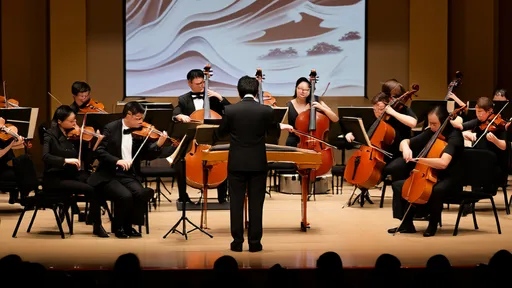
By /Jul 17, 2025

By /Jul 17, 2025
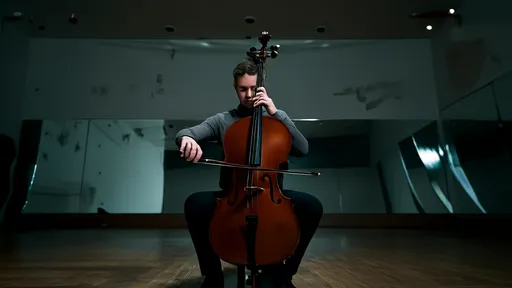
By /Jul 17, 2025

By /Jul 17, 2025

By /Jul 17, 2025

By /Jul 17, 2025

By /Jul 17, 2025
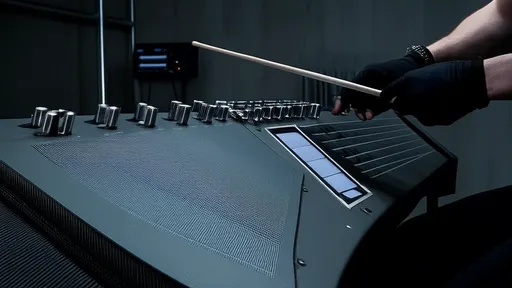
By /Jul 17, 2025

By /Jul 17, 2025

By /Jul 17, 2025

By /Jul 17, 2025

By /Jul 17, 2025

By /Jul 17, 2025
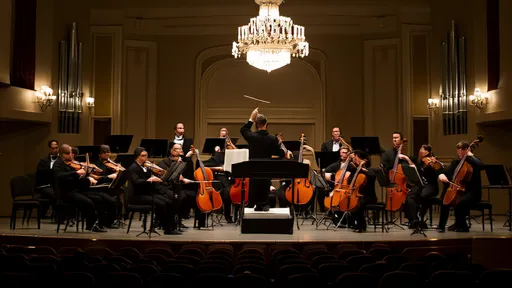
By /Jul 17, 2025
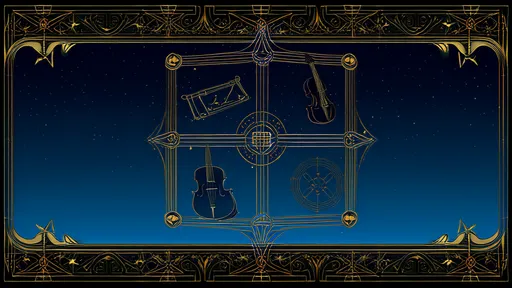
By /Jul 17, 2025

By /Jul 17, 2025

By /Jul 17, 2025
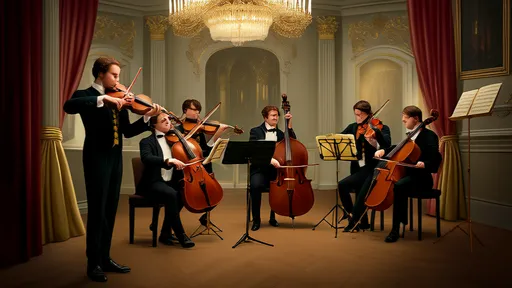
By /Jul 17, 2025